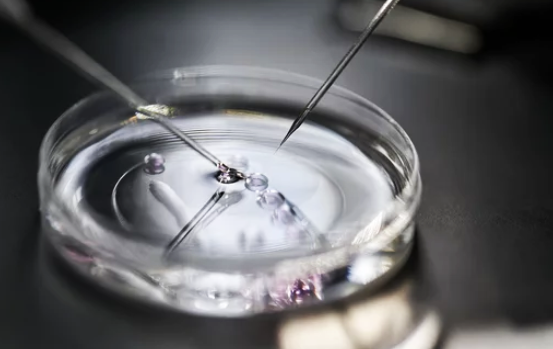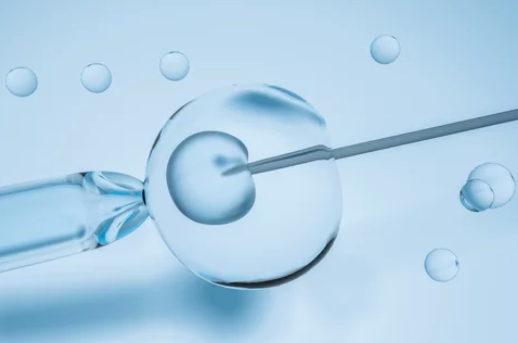Blastocyst (Day 5 Embryo). A blastocyst is an embryo that has developed in the laboratory for five days after insemination. It has completed embryonic cleavage stages. The cells inside the Blastocyst differentiate into two distinct types of cells. The cells in the centre of the Blastocyst is called the inner cell mass and will give rise to the foetus after implantation. The single layer of cells at the edge of the Blastocyst forms the trophectoderm, and it will give rise to the placenta.
The Blastocyst has a unique large central and fluid-filled cavity (also known as Blastocoele) surrounding the inner cell mass and trophectoderm.
Blastocyst transfer mimics natural conception in which when the embryo travels down the fallopian tube and reaches the uterine cavity five days after fertilization. These synchronize the development of the embryo and the lining of the womb, hence, increase the chance of implantation.
Day 4: When embryo goes into the process of compaction, the cells within the embryo are tightly bound together and then organised itself into a form a sphere. When this process is completed, it is called “Morula” (In Latin A.K.A Mulberry).
Day 5/6 after fertilization, the embryo, which is referred as a blastocyst now, are no longer dividing. Blastocyst consists about 200- 300 cells. The cells within the blastocyst differentiate into 2 groups. The cells in the centre of the blastocyst is called the inner cell mass and will give rise to the foetus after implantation. The single layer of cells at the edge of the blastocyst forms the trophectoderm, and it will give rise to the placenta.
Blastocyst culture is an embryo selection process, and only the strongest and fittest will thrive through the stage of blastocyst development. By selectively excluding slow and arrested embryos from the transfer, blastocyst culture will increase the probability of transferring a genetically normal embryo with a high implantation potential. This will increase the chance of achieving a successful pregnancy.
It is a laboratory selection process to identify the best embryo before transferring back to the mother womb for implantation and pregnancy. The ability to transfer a single blastocyst with a high implantation rate as opposed to Day 2 or Day 3 embryos, will increase the chance of a healthy singleton pregnancy, and reduce the incidence of multiple births with the associated complications.
If a patient produces a larger number of embryos (fertilized eggs) during IVF treatment, and many appear similar in quality after three days of fertilization, it is difficult to determine which is best for Embryo Transfer. Embryo culture allows these embryos to sort themselves out and see which progress to blastocysts (so call “survival of embryo”), the best appearing blastocyst may then be selected for Embryo Transfer to achieve implantation and pregnancy.

However, Blastocyst transfer may not be suitable for everyone. If the embryos’ development is slow or if it is already clear which embryo is the strongest for transfer, we will recommend a Day 2 or Day 3 Embryo transfer.
In patients with only 1 or 2 embryos, the embryos have already preselected themselves for transfer, and there is no significant advantage to leaving them outside of the uterus for any longer. It is important not to feel disheartened as there is still a good chance of a successful pregnancy following a transfer on Day 2 or Day 3.
As one of the top kl natural fertility treatment center, at Ever Link Fertility Centre, we offer blastocyst transfer to any patient who has enough good quality embryos on Day 3 after fertilization. The assessment of developmental stage and quality of the embryos by the embryologist will guide us the best day to perform the Embryo Transfer.
Ever Link wishes you all the best for your infertility treatment journey.

